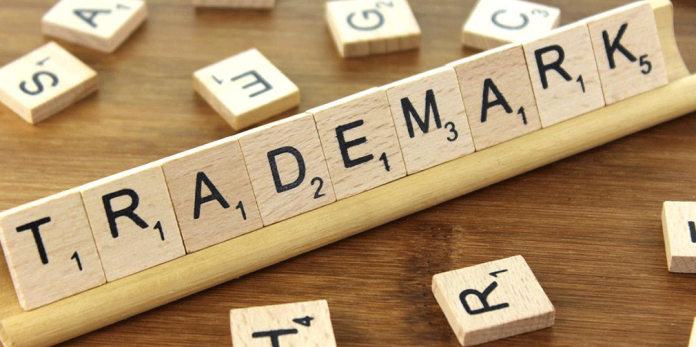This article on the major changes brought about by trademark rules 2017 is written by Pranjalina Chakraborty from the Department of Law, University of Calcutta, Hazra Campus.
INTRODUCTION
The Government of India took forth the initiative to draft a new set of rules that are in alignment with the objective of fastening the procedure of trademark filing while decreasing red-tapism and delays. A notification regarding the draft rules for Trademarks was published by the Government of India in November 2015 inviting objections and suggestions from people who are likely to be affected by the said rules.Keeping in view the suggestions received and objections raised, the Central Government has formulated Trademark Rules 2017, thereby replacing the Trademark Rules 2002.It came into effect on 6th March 2017.
In order the achieve its objective of simplifying the process of Trademark Registration, made: the following changes have made:
A. Registration Fees Enhanced
The fee for the filing of an application for registration of Trademark has been increased by more than 100% other than individuals, small enterprises and start-ups.
The fee further differs for physical and e-filing of applications for registration of Trademarks to encourage digitisation.
a.Physical filing – Rs.10000
b.E-filing – Rs.9000
A.1.Concessional Registration Fees
A concessional fee structure has been provided for individuals, Start ups and small enterprises below:
a.Physical filing – Rs.5000
b.E-filing – Rs.4500
A.2.Definition of Small EnterprStartups
“Small Enterprise” has been defined as in case of an enterprise engaged,in the manufacture or production of goods or providing services,an enterprise where the investment in plant and machinery or equipment in case of services does not exceed the limit specified for medium enterprise under sub-section (1) of Section 7 of the Micro, Small and Medium Enterprises Development ct, 2006.
Whereas, “Start-up” means an entity in India recognised as start up by the competent authority under Start-up India initiative, and in case of a foreign entity, an entity fulfilling the criteria for turnover and period of incorporation /registration as per Start-up India initiative and submitting a declaration to that effect.
A.3.Expediting Trademark registration
To facilitate the expedited processing of Trademark applications, only physical filing of the relevant forms is allowed.
The fee also differs for such applications, provided under Rule-34, as below:
a.For individuals,start-ups,small enterprises – Rs.20000
b.For others – Rs.40000
Till now, expediting was allowed till the examination stage but now it has been provided for registration as a whole.
B. Reduction in number of forms
The number of forms have been reduced and simplified to total of 8 forms from the earlier count of around 75.Now, all Trademark applications whether single class, multi-class, collective marks is through the same form.
C. E-services for communications
E-mail will be the mode of communication by the Registry with the applicant.Any service of document by e-mail shall be construed as delivery to the applicant in terms of Rule-18.
Hearing – Hearing, under Rule – 115, could also be granted and taken up through video conferencing or other means of audio-visual communication.This would ensure efficient hearings and lesser adjournments in cases.
Online Counter-Statement – The counter statement filed in response to the notice of opposition is not needed to be physically served upon the party if it is already available online in the official online records.This would bring more transparency.
D. Well-known Trademarks
Rule 124 states that any person can enlist marks as a well-known mark with the Registrar along with statement of case, evidence and documents and fee of INR 1 lakh. Prior to making decision, the Registrar must invite objections from the general public.Once the Trademark is declared as well-known trademark, it would be published in the journal.
E. Applicant’s Affidavit for claiming “use”
An affidavit has to be filed by the applicant along with the required evidence and documents for claiming “use” of a articular mark.
F. Sound marks are made easier to register
Sound marks can also be registered under the revised Rules. The applicant has to submit an MP3 of the sound mark not exceeding 30secs in length along with the graphical representation of the sound notations.
G. Three-Dimensional marks are made registrable
The application for 3-D marks is filed in Form TM and it shall specifically be stated that the mark is 3-D mark.Two-dimensional graphic reproduction of the trademark has to be furnished in three different views.In case the Registrar considers that the trademark is not 3-dimensionl mark then he may call upon the applicant to furnish upto five further different views of the trademark and description of words and if needed for additional description, specimen of the Trademark.
H. Reduction and limitation in the number of adjournments
Rule-50 provides that during an opposition hearing, a party is not entitled to ask for more than two adjournments thus reducing the time for registration of trademarks.
CONCLUSION
These changes are a positive step towards bringing Indian Trademark Registration system at par with the practices prevailing in the world.It shows the thrust of the Government of India on its initiative “Digital India”.With the introduction of Trademark Rules,2017, I feel that in the long run our Trademark system will be more progressive, efficient and user-friendly.These changes will encourage a lot of foreign companies and business to protect their Trademarks in India.











